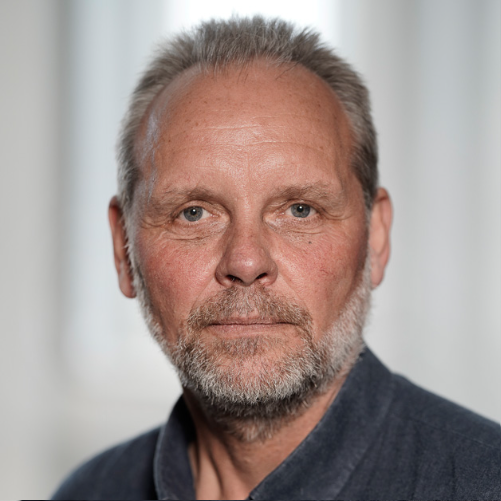
Member Since 2019
Ronnie N. Glud
Professor, University of Southern Denmark
AGU Research
Search
Filters
Clear All
AGU Harald Ulrik Sverdrup Lecture: Life and Element Cycling in the Hadal Realm
OCEAN SCIENCES 2024
plenaries | 21 february 2024
Ronnie N. Glud
The hadal zone stretches from 6 to 11 km of water depth and represents the deepest and most scantly explored marine habitats on Earth. The hadal ocean...
View Abstract
Exploring the effects of enzyme production and function under varying hydrostatic pressures in coastal seawater
OCEAN SCIENCES 2024
ocean biology and biogeochemistry | 19 february 2024
Chad Lloyd, Sherif Ghobrial, John Paul Balmonte, S...
In order to degrade large biopolymers, microbes must produce extracellular enzymes of the correct structural specificity. This process occurs througho...
View Abstract
Seagrass meadows may physically trap carbon, but do they enhance its preservation?
COASTAL WETLAND CARBON AND NITROGEN CYCLES: RECENT ADVANCES IN MEASUREMENTS, MODELING, AND SYNTHESES I POSTER
biogeosciences | 15 december 2023
Rebecca James, Sebastiaan van de Velde, Sandra Arn...
Seagrass meadows have been identified as hotspots for coastal carbon storage. The global significance of seagrass meadows at storing organic carbon, h...
View Abstract
Disentangling Effects of Sea Surface Temperature and Water Depth on Hydroxylated Isoprenoid GDGTs: Insights From the Hadal Zone and Global Sediments
GEOPHYSICAL RESEARCH LETTERS
08 august 2023
Wenjie Xiao, Yunping Xu, Chuanlun Zhang, Jian Lin,...
Hydroxylated isoprenoid glycerol dialkyl glycerol tetraethers (OH‐GDGTs) preserved in marine sediments are thought to be controlled by sea su...
Pressure effects on diverse extracellular enzymes produced by heterotrophic microbial communities in the ocean
TOWARD A HOLISTIC APPROACH TO ESTIMATING CARBON EXPORT AND ATTENUATION IN THE OCEANS II POSTER
ocean sciences | 16 december 2022
Stephanie Caddell, Carol Arnosti, Ronnie N. Glud, ...
Heterotrophic microbial communities consume much of the organic matter produced in the ocean. They are active throughout the depths of the water colum...
View Abstract
Sediment Accumulation and Carbon Burial in Four Hadal Trench Systems
JOURNAL OF GEOPHYSICAL RESEARCH: BIOGEOSCIENCES
03 october 2022
Kazumasa Oguri, Pere Masque, Matthias Zabel, Heath...
Hadal trenches are considered to act as depocenters for organic material, although pathways for the material transport and deposition rates are poo...
High Carbon Mineralization Rates in Subseafloor Hadal Sediments—Result of Frequent Mass Wasting
GEOCHEMISTRY, GEOPHYSICS, GEOSYSTEMS
19 september 2022
Matthias Zabel, Ronnie N. Glud, Hamed Sanei, Marcu...
In the past 20 years, the exploration of deep ocean trenches has led to spectacular new insights. Even in the deepest canyons, an unusual vari...
Contrasting Biophysical Controls on Carbon Dioxide and Methane Outgassing From Streams
JOURNAL OF GEOPHYSICAL RESEARCH: BIOGEOSCIENCES
30 december 2021
Lorenzo Rovelli, Louise Olde, Catherine M. Heppell...
Small headwater streams are recognized for intense outgassing to the atmosphere of climate‐relevant carbon dioxide (CO2) and methane (CH4). T...